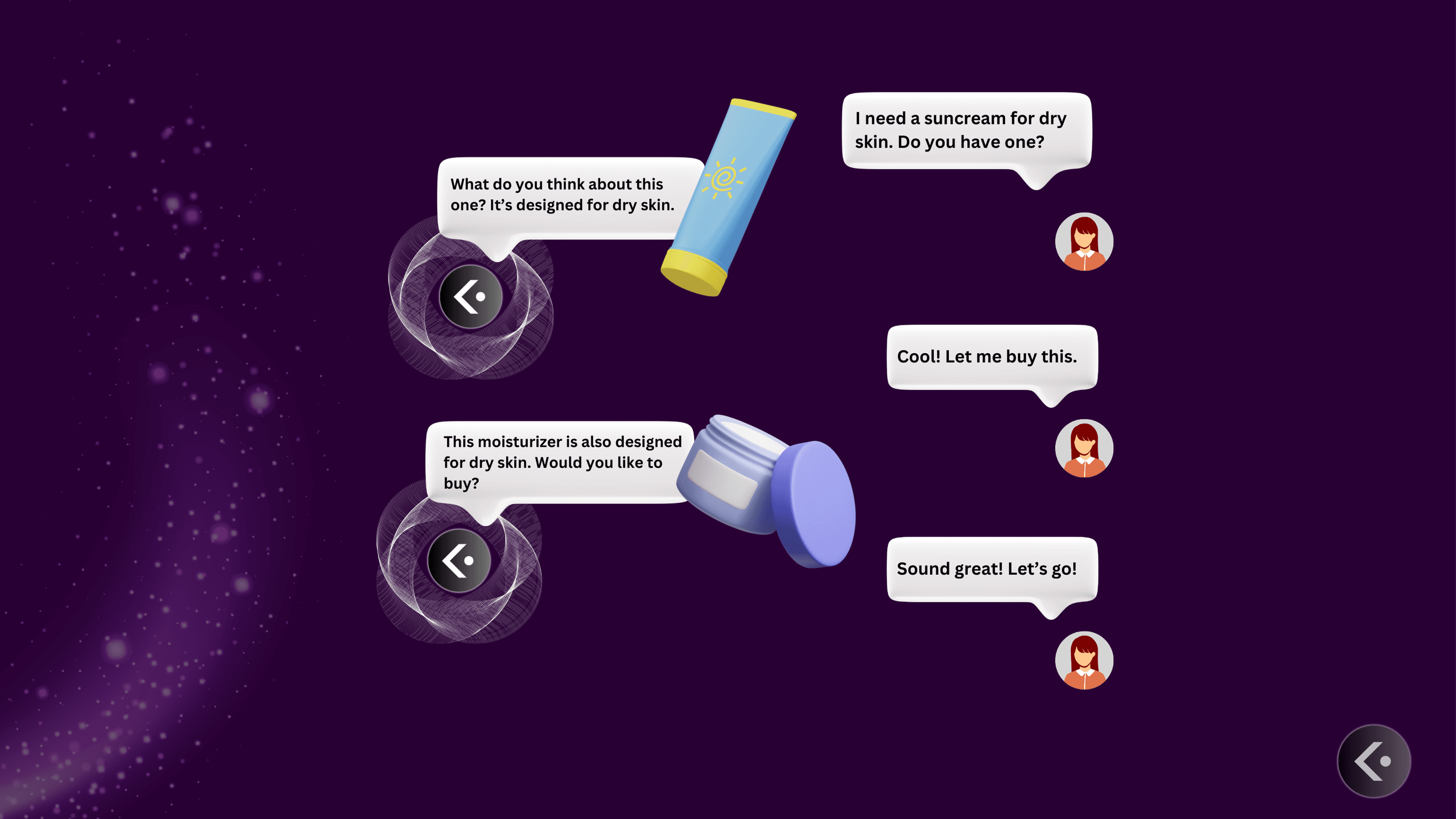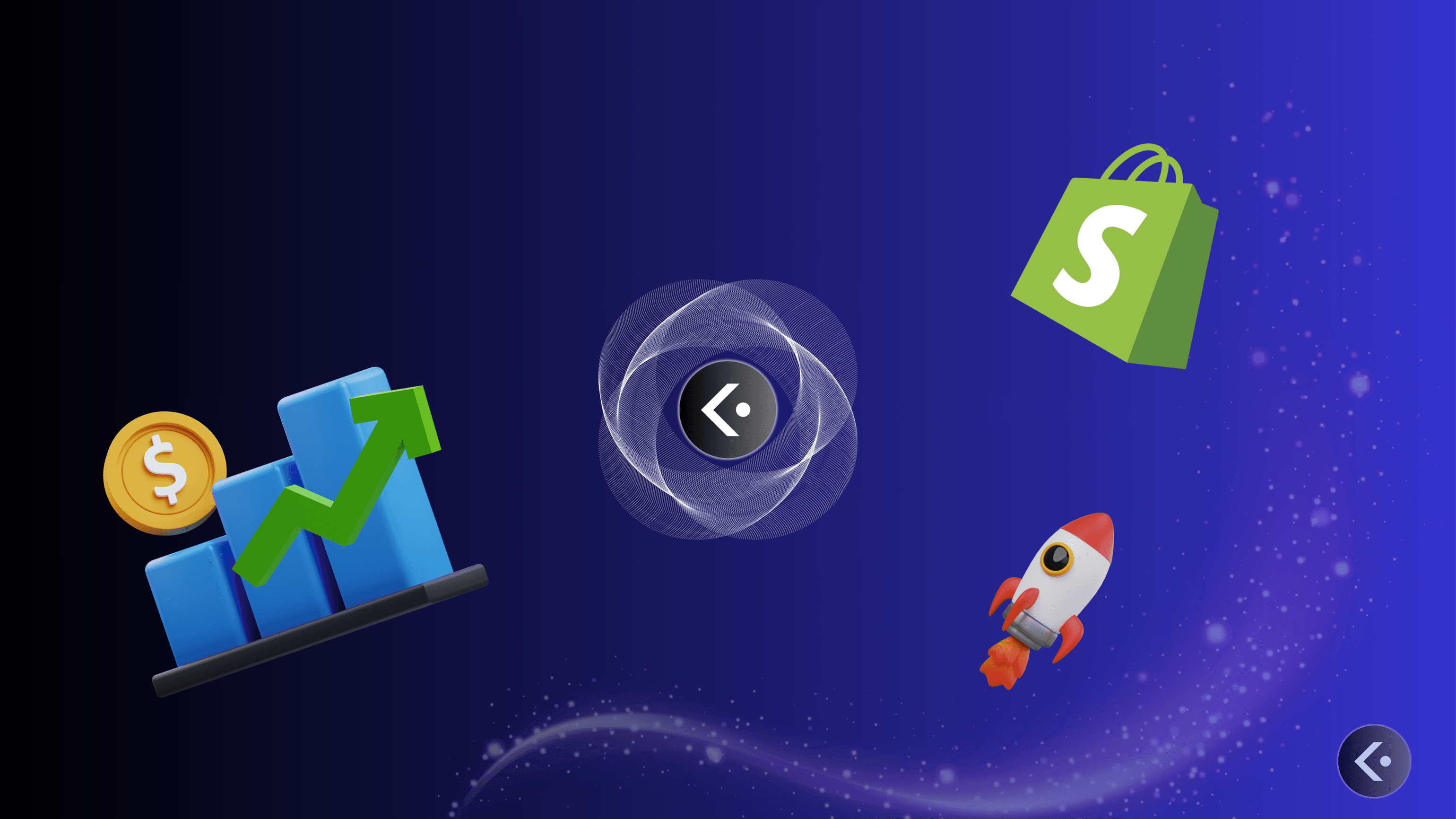TLDR: Explore 10 effective strategies to grow your Shopify store in 2024. Choose a couple that fall within your skillset and budget and give them a trial run. Remember to have clear KPIs to measure progress to know whether to double down or replace.
10 Ecommerce Growth Strategy Tips for Merchants in 2024
If selling was easy, anyone could do it. There is no single “copy and paste” solution to sales. Small ecommerce teams are often over-extended as they balance operations with founder-led sales. This jack-of-all-trades approach leaves little time for product development or R&D. Shopify merchants need an ecommerce growth strategy that accommodates their budget while leveraging on their strengths.
In this article, we shall look at the following ecommerce growth strategies:
Define KPIs and Strategies
Develop an SEO plan
Customer service via chat & text
Prioritize customer service to boost customer loyalty
AI-Powered Customer Experience
Boost Average Order Value (AOV)
Promote Repeat Purchases
Automated Marketing and Outreach
Develop Influencer Partnerships
Short-form Video Sales Strategies
Here are the top ecommerce growth strategy tips for generating brand awareness on your Shopify store.
Define KPIs and Strategies
Key performance indicators (KPIs) are a benchmark for gauging performance in a business. KPIs help a business with the question, “How am I making progress?” and “Can I measure this progress?”
Failure to have KPIs in place will be guesswork. KPIs for ecommerce businesses fall into financial metrics (profit, revenue, and return on investment), customer metrics (tracking past, present, and new customers), and purchase metrics (data on purchases and cart abandonment).
Examples of questions KPIs look at are:
What makes your store successful?
What efforts are not paying off?
How revenues can be raised—sales, subscriptions, etc.
Develop an SEO plan
Running ads on Instagram and Facebook will boost traffic, but they can be costly for a new business. Plus, young people aren't really into paid ads. Ranking high on Google search through SEO is a budget-friendly alternative, significantly lowering the customer acquisition cost (CAC). Here is how they contrast:
Search Engine Optimization (SEO) vs Paid advertising
SEO
Cost less overt the long term
Organic and sustainable
Takes time to register results
Builds trust and credibility
Less control over the outcome
Paid Advertising
Costly for new businesses
Instant and targeted
Instant results
Viewed as less trustworthy
High control on timing and targeting
How an online business can implement search engine optimization (SEO) on a site:
Optimize the homepage and product pages.
Develop blog posts and educational content to attract organic interest
Invest in marketplace SEO by optimizing product descriptions
Customer service via chat & text
Customers today want someone on standby to attend to any arising issue as soon as they land on your site. As a small ecommerce retailer on Shopify, you can deliver this support using AI-powered Sales chatbots such as Lookfor. When the bot can't assist, it redirects the inquiry to a human agent who continues the engagement in a text/chat channel.
AI-bots automatically respond with standardized solutions to common customer issues largely relaying answers from the product pages and FAQs.
To get the best results, remember to:
Ask the customer concise questions to dissect their problem
Speed up response times with macro interaction templates
Run internal systems to categorize high-priority tickets/request
Direct to other relevant messaging channels
In all interactions with customers, no matter the nature of their communication, remain polite and professional.

Prioritize customer service to boost customer loyalty
Meet your web traffic halfway by focusing on customer retention. When shoppers have a bad user experience, they often take their business elsewhere, impacting the store's revenue. Successful ecommerce platforms that have grown into large brands prioritize building loyal customer bases.
You can implement this in your business through:
Multichannel support—customer support on different sales channels such as live chat, phone, email, and social media platforms.
Personalize customer interactions—address them by name and offer product recommendations based on what they pick in their cart
24/7 support—have self-service FAQs and ecommerce sales chatbots such as Lookfor that help customers with round-the-clock support.
Train your support team—have them trained in handling issues and queries.
Customer reviews—let your customers leave reviews while responding.
Provide exclusive perks—give rewards to loyal customers with discounts and free shipping.
AI-Powered Customer Experience
AI assist sales agents are now part of the workforce and form a key part of the support teams. AI-powered bots running on intelligent machine learning algorithms today are replacing or working alongside human employees, enhancing customer feedback and self-service.
If you run a ecommerce store on Shopify, you can use AI chatbots like lookfor to receive quick self-service for your customers. Incorporating advanced technology into customer experience is a proven way of building long-term customer relationships.
Boost Average Order Value (AOV)
The average order value increases AOV for ecommerce. Here you can boost order value by:
Create offers and provide discounts by increasing your perceived package value.
Have user-generated content marketing such as testimonials, reviews, etc. for social proof
Customize recommendations when suggesting premium variants of your products
Run sales campaigns to create buyer agency
Keep track of the purchasing history of frequent customers and the performance of personalized incentive offers
Most strategies around AOV in ecommerce help bring revenue from customers through upselling and cross-selling. Part of your ecommerce growth strategy involves time-bound deals and discounts when incentivizing bigger purchases.
The easiest way to boost your sales is as simple as integrating lookfor into your store. Once you enable lookfor’s amazing sales assistant, you'll see a horizontal increase in your AOV.
Promote Repeat Purchases
If you notice customers do not buy other products from your site, you can incentivize them to do it again. While throwing away freebies might not be a smart strategy for obvious pricing-related reasons, other crafty ways exist to engage them to make repeat buys.
Here are some things to do:
Product recommendations: Give customers suggestions of other goods they could want related to those already in their shopping cart. For example, you can recommend a skin care cream for someone shopping for a special hair shampoo.
New features: On the navigation bar functionality, add an easily accessible "What's New" catalog to prevent viewership fatigue from seeing the same old items.
Run brand loyalty programs: Give rewards to the shoppers who create website accounts, buy from you, refer friends, or write reviews.
Get feedback from customers: Check in with previous buyers to show that it's not just about sales but you care to know If they were satisfied with the service received. Do it as a “thank you” email, send loyalty points, request feedback in the delivery confirmation email, or unlock a new gift.
Upselling page: this offers products that are related but inexpensive.

Automated Marketing and Outreach
As a small ecommerce store owner automation may seem unnecessary until you need it. As your business grows rapidly, you and your team can't manage every conversion or marketing effort personally. Delegating tasks and leveraging automation makes you efficient as you grow.
Automating your ecommerce marketing and outreach as part of your larger ecommerce growth strategy results in:
Streamlined operational tasks
Better segmentation of your target audience while highlighting key demographics
Engagement riggers along the customer journey
Collection of customer data which can be analyzed to help in drafting conversion strategies
Run drip campaigns in the form of sequenced pre-planned email marketing or informative campaigns
Develop Influencer Partnerships
People generally trust their loved ones or those they admire. Particularly if it's a referral from family, friends, or an influencer they idolize. Imagine working with an influencer with hundreds of thousands of followers. When they showcase, use, or promote a product, a good number of their followers convert into customers. Even if it is just a fraction, that’s way more powerful than making individual buys.
To get the best results remember to:
Go where the target market spends a lot of time.
Pick an influencer creating content on topics related to your goods and services
Set out clear expectations for your marketing campaigns, particularly ROI
Let the influencer work their magic and try not to micromanage their content
Short-form Video Sales Strategies
Many young people spend their free time on social media, where 27% of consumers discover new products. Gen X predominantly uses Facebook, while Millennials and Gen Z favor YouTube, with Gen Z also gravitating towards TikTok, Snapchat, and X/Twitter, as per Reviews.org data. HubSpot reports that short-form videos generate the highest return on investment (ROI) among all online marketing content. This is a powerful approach you can add to your marketing strategy.
The recommended video duration for short-form videos on each platform is as follows:
TikTok 11-17 seconds
Instagram 7-15 seconds
YouTube Shorts 15-60 seconds
Snapchat Spotlight 5-60 seconds
With that in mind, also remember to:
Make the videos mobile-friendly by shooting vertical formats
Be authentic and not post watermarked content
Add popular trends to your videos in the form of filters, soundbites, and animations
Showcase the products in use
Overall, keep your eyes on the latest trends and reels on social media. Have an opportunistic attitude by tweaking your content to mimic what is hot or trendy.

Now that we have reviewed what approaches make up an ecommerce growth strategy, we can look at our key takeaways.
Bottom line
As a small business, you do not have to implement all these strategies at a go. Start with a couple that fall within you and your team’s skillset then monitor the results. Double down on the strategies that work and replace those that give poor results.
Overall, automation delivers an all-rounded approach. New trends in the form of AI-powered chatbots such as Lookfor help potential customers with self-service assistance in real-time. Just like a support rep can assist while at a physical store, you get a digital assistant for your online shopping.
Frequently Asked Questions (FAQs)
What is a KPI?
Key performance indicators or KPIs are ways in which a business can measure the success or effectiveness of its operations. KPIs measure data on revenue, purchases, customers, and other conversion rate metrics.
How do you optimize product descriptions for SEO?
Product descriptions should be unique and straightforward in offering value to customers. Insert important and relevant keywords into the product descriptions to boost its visibility on Google’s search engine rankings. Mention the benefits too so customers get a detailed round-up from the ecommerce website. Keep the ecommerce site optimized for both mobile devices and desktop audiences.
You can use some useful contents too like Clearscope which helps to optimize your content for relevant search terms.
What is the best way to direct traffic from your brand’s social media to your online store?
Have links throughout your posts and content that redirect to your products. A complete profile includes links that are visible and easy to click.
How beneficial is influencer marketing to a brand?
Influencer marketing is a powerful market penetration strategy for promoting an ecommerce brand. Influencers give credibility to a new product in a way that other digital marketing approaches would require time and money to achieve similar desired results. It works best where the brand perfectly aligns with the influencer's values.




